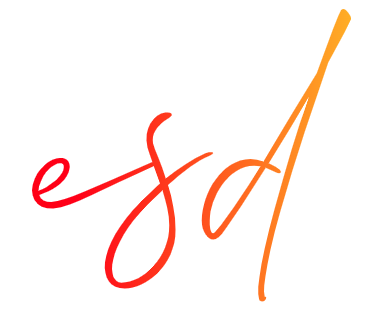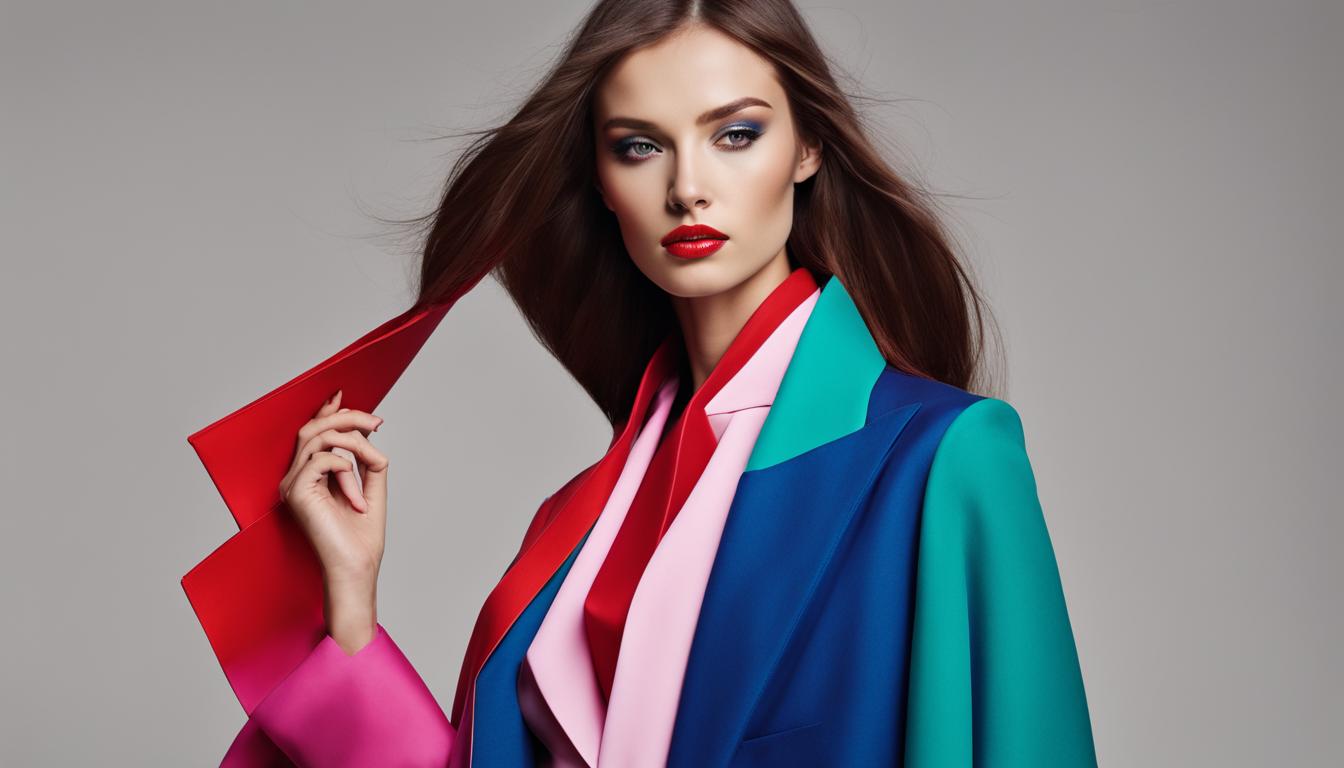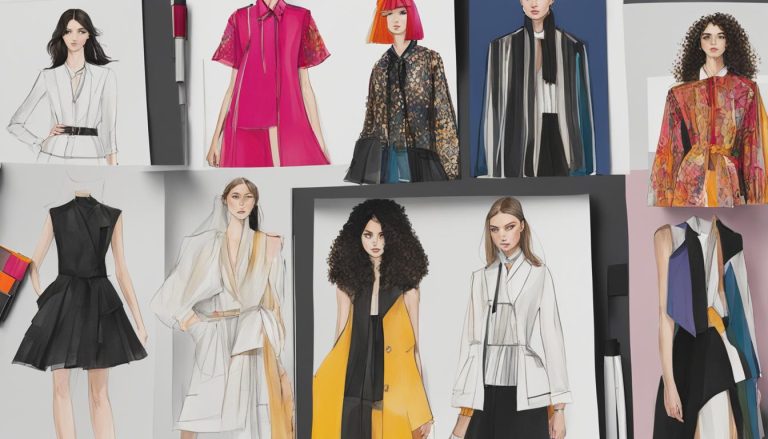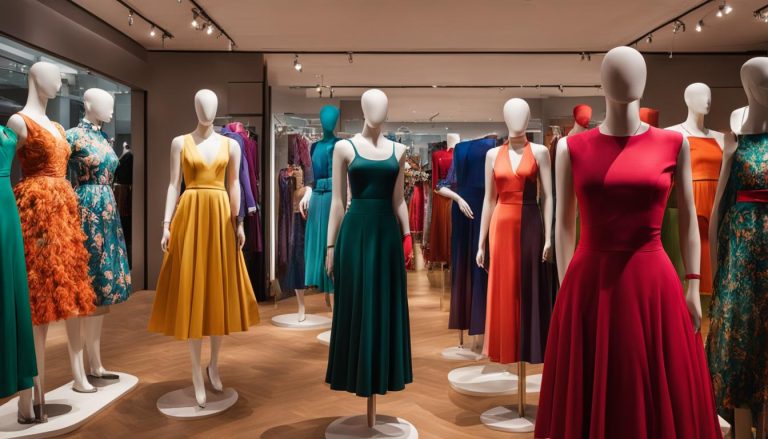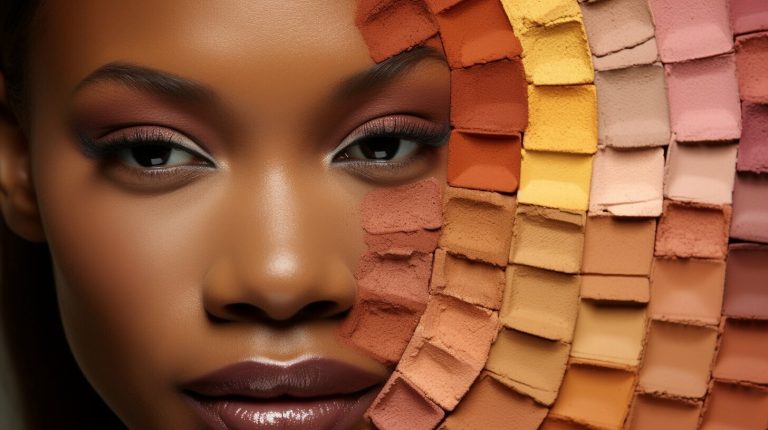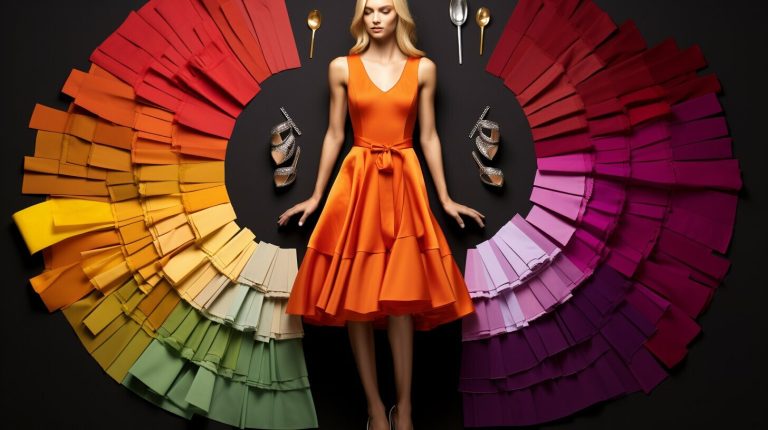Unlocking Color Theory in Fashion Styling Success
Have you ever found yourself feeling uncertain about how to pair colors when putting together an outfit? Or maybe you’ve seen someone else’s outfit and wondered how they managed to make such a cohesive and stylish look with seemingly disparate hues. The answer lies in color theory in fashion styling.
Color theory is a set of principles that explain how different colors interact with each other and can be used to create visually appealing and harmonious combinations. By understanding the basics of color theory and applying it to your fashion styling choices, you can elevate your personal style and enhance your confidence.
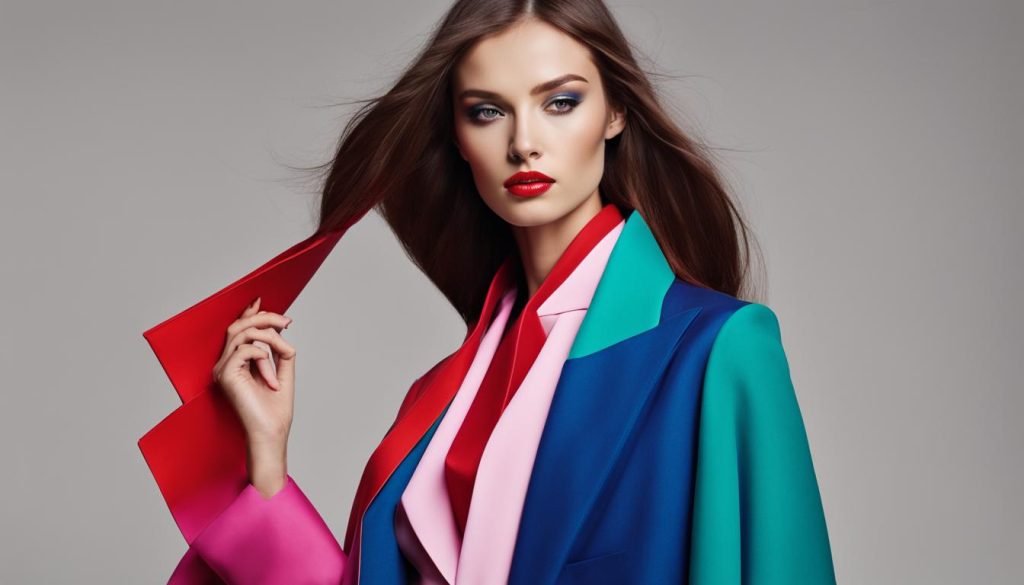
The Basics of Color Theory in Fashion
Color theory is a fundamental aspect of fashion styling. Understanding how different hues work together can help you create visually pleasing and harmonious outfits that enhance your personal style. In this section, we will explore the basics of color theory in fashion and how to apply them to your wardrobe.
The Color Wheel
The color wheel is a tool used to illustrate the relationships between colors. It consists of primary colors (red, yellow, and blue), secondary colors (green, orange, and purple), and tertiary colors (yellow-orange, red-orange, red-purple, etc.).
The color wheel can help you choose complementary colors, analogous colors, and triadic colors to create visually pleasing outfits. Complementary colors are opposite each other on the wheel and create a bold, eye-catching effect when paired together. Analogous colors are adjacent to each other on the wheel and create a harmonious, subtle effect when paired together. Triadic colors are evenly spaced around the wheel and create a vibrant, contrasting effect when paired together.
Warm and Cool Tones
Colors can be classified as warm or cool based on their undertones. Warm colors include reds, oranges, and yellows and create a sense of energy and excitement. Cool colors include blues, greens, and purples and create a sense of calm and relaxation.
Understanding warm and cool tones can help you create outfits that evoke certain moods or emotions. For example, pairing warm tones with cool tones can create a balanced and visually interesting look.
Putting it Into Practice
When putting together an outfit, consider the colors you are using and the overall effect you want to create. Utilize the color wheel to choose complementary, analogous, or triadic colors and experiment with warm and cool tones.
Remember, there are no strict rules when it comes to fashion and color. Don’t be afraid to be bold and experiment with different color combinations to find what works best for you and your personal style.
Using Color Psychology in Fashion Styling
Color psychology is the study of how colors affect human behavior and emotions. In fashion styling, it can be a powerful tool to create specific impressions and convey messages through your outfit choices. By understanding the psychological effects of different colors, you can leverage them to enhance your style and confidence.
The Psychology of Colors in Fashion Styling
Here are some of the most common colors in fashion and their associated psychological effects:
| Color | Psychological Effect |
|---|---|
| Red | energetic, passionate, attention-grabbing |
| Blue | calm, trustworthy, professional |
| Yellow | optimistic, cheerful, friendly |
| Green | harmonious, natural, nurturing |
| Purple | luxurious, creative, mysterious |
| Orange | energetic, playful, confident |
| Black | sophisticated, powerful, authoritative |
| White | pure, innocent, peaceful |
These are just a few examples, and the psychological effects of colors can vary based on cultural and personal perceptions. It’s essential to consider the context and audience when using color psychology in fashion styling.
Using Color Psychology to Enhance Your Fashion Styling
To use color psychology effectively in fashion styling, consider the message you want to convey with your outfit. Are you attending a job interview and want to appear trustworthy and professional? Opt for blue tones. Are you heading to a party and want to stand out in a crowd? Choose a bold and vibrant shade like red or orange. If you want to convey a sense of calm and inner peace, go for green hues.
Another way to use color psychology in fashion styling is to consider the occasion and season. Bright and bold colors are suitable for summer, while muted and earthy tones work well for fall. Winter calls for darker and richer colors, while pastels and soft shades are ideal for spring.
However, don’t be afraid to break the rules and experiment with unexpected color combinations. Combining complementary hues, such as blue and orange or purple and yellow, can create a visually striking and harmonious look. Just remember to balance the different elements of your outfit and consider color proportions when creating contrast.
Overall, incorporating color psychology in fashion styling can enhance your outfit choices and communicate your desired message effectively. By understanding the psychological effects of different colors and how to use them strategically, you can create outfits that make you feel confident and stylish.
The Power of Complementary Colors in Fashion
Understanding how to use complementary colors is a crucial aspect of color theory in fashion styling. Complementary colors are opposite each other on the color wheel, creating a striking contrast that can make your outfit stand out. When paired correctly, complementary colors can create a visually balanced and harmonious look that elevates your personal style.
Pairing Complementary Colors
When pairing complementary colors, it’s essential to consider the intensity of the hues. For example, if you pair a bright red with a bright green, the contrast may be too harsh for the eyes. Instead, try pairing a muted red with a pale green or a deep blue with a light peach. This creates a more subtle contrast that is still visually appealing.
| Complementary Color Pairings |
|---|
| Red and Green |
| Blue and Orange |
| Purple and Yellow |
Using Accessories to Incorporate Complementary Colors
If you’re not ready to dive into a full outfit featuring complementary colors, try incorporating them through accessories. For example, a blue dress paired with orange earrings or a brown outfit paired with a bright green bag. This allows you to experiment with color while maintaining a more subdued look.
Remember, styling is all about experimenting and finding what works for you. Don’t be afraid to try new color combinations and push your style boundaries. With the knowledge of color theory in fashion, you can create outfits that truly showcase your unique style and personality.
Harmonizing with Analogous Colors in Fashion Styling
Color coordination in fashion styling is essential to create visually pleasing and harmonious outfits. In the previous section, we discussed complementary colors and how they can add pop to your outfits. In this section, we will delve into analogous colors and their harmonious effect on fashion styling.
Analogous colors are colors that sit adjacent to each other on the color wheel. They create a cohesive and harmonious look when combined. Analogous colors share a common hue, making them visually pleasing when paired together.
When selecting analogous colors to use in your outfit, choose a dominant color and pair it with two or three adjacent colors. The dominant color will be the primary color in your outfit, while the adjacent colors will act as accents.
| Primary Color | Adjacent Colors |
|---|---|
| Yellow | Yellow-Green, Green |
| Purple | Purple-Blue, Blue |
| Red | Red-Orange, Orange |
As seen in the table above, the primary color is highlighted in bold, while the adjacent colors are in italics.
Using analogous colors in an outfit creates a polished and put-together look. It is perfect for those seeking a more subtle and understated appearance. Analogous colors can be utilized in any outfit from casual to formal wear.
When using analogous colors, it is important to play with different tones and shades within the color scheme to add depth and dimension to your outfit.
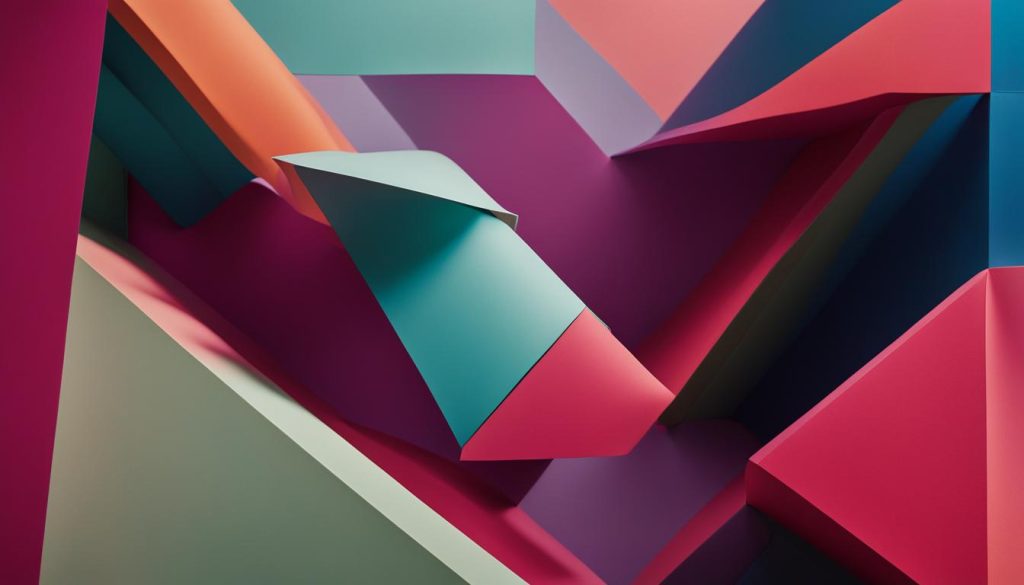
Make It Work For You
Now that you have learned about analogous colors and how to use them for fashion styling, it’s time to put it into practice. Experiment with different analogous color combinations to find the perfect look for you.
- Select a dominant color from the color wheel and pair it with two or three adjacent colors.
- Play with different tones and shades within the color scheme to add depth and dimension to your outfit.
- Use analogous colors in any outfit from casual to formal wear.
By incorporating analogous colors into your fashion styling, you can create cohesive and harmonious outfits that exude style confidence.
Creating Contrast with Triadic Colors in Fashion
Triadic colors offer an exciting opportunity to create eye-catching contrast in your fashion styling. By combining three colors equidistant from each other on the color wheel, you can achieve a bold and vibrant look that is sure to turn heads. To make the most of this color scheme, it’s important to choose colors that complement each other rather than clash.
Best Triadic Color Combinations
The most popular triadic color combinations include:
| Color Combination |
|---|
| Red, Yellow, Blue |
| Orange, Green, Violet |
These combinations work well together because they create a balance between warm and cool tones. For example, red and yellow are warm colors, while blue is a cool color. By combining these hues, you achieve both a harmonious blend and a striking contrast that enhances your fashion styling.
When using triadic colors, be mindful of the proportion of each color in your outfit. Remember that one color should dominate, while the other two serve as accents. Too much of all three colors can be overwhelming and detract from the intended impact of the outfit.
Tip: If you’re new to using triadic colors in fashion styling, start with small accents rather than bold statement pieces. For example, you could add a triadic statement earring to a neutral outfit or incorporate triadic hues through your accessories or makeup.
Overall, triadic colors offer a fun and dynamic way to push the boundaries of your fashion styling. By experimenting with different combinations and proportions, you can create looks that are both stylish and memorable.
Incorporating Monochromatic Looks with Color Theory
If you thought monochromatic looks were limited to black and white, think again. With color theory, you can create monochromatic looks using a single hue in varying shades and tones for a visually appealing and cohesive ensemble.
When creating a monochromatic look, start with a base color, such as red. Then, use different shades and tones of red to add depth and interest to your outfit. For example, you could pair a light pink blouse with a deep burgundy skirt for a flattering and stylish combination.
Another way to create a monochromatic look is to play with texture and fabric. Pair a red leather jacket with a silky red blouse and velvet red pants for a unique and eye-catching outfit.
Keep in mind that when wearing a monochromatic look, it is important to vary the proportions and textures of each piece to create visual interest. For example, pair a flowy top with fitted pants or a structured blazer with a flowy skirt.

Monochromatic vs. Monotone
Note that monochromatic looks use varying shades and tones of a single color, while monotone looks use the same shade and tone of a single color. Monotone looks can be sleek and chic, but they lack the visual interest and depth of a monochromatic look.
Try incorporating a monochromatic look into your fashion styling to add a touch of sophistication and personal style. With color theory, the possibilities are endless!
Using Neutrals and Accents to Enhance your Style
Neutrals and accents can drastically enhance your fashion styling game when applied strategically with color theory in styling. Neutrals, such as black, white, gray, beige, and navy, act as a base for your outfit, while accents, including bright and bold colors, add pops of interest and personality.
Incorporating neutral colors in your outfit is a great way to create a cohesive and timeless look that is still stylish. You can use neutral tones as a foundation for your outfit and create a clean canvas to add accents of color. For example, pairing a white blouse with black trousers and a red blazer can create an impactful yet polished look.
When using accents, consider selecting colors that complement your skin tone. For instance, if you have warm-toned skin, you can opt for warmer accents such as mustard yellow, rust orange, or olive green. If you have cool-toned skin, you can go for cooler accents like royal blue, fuchsia, or emerald green.
Another pro tip for using accents is to limit them to one or two focal points in your outfit. This way, you can draw attention to specific areas or pieces without overwhelming the entire look. A simple yet effective way to incorporate accents is through accessories like statement earrings, scarves, or shoes.
Check out the table below for some ideas on how to incorporate neutral and accent colors in your outfit:
| Neutral Outfit | Neutral Base + Accent Pop | Neutral + Accent Combo |
|---|---|---|
| Black turtleneck sweaterDark wash denim jeansBlack ankle boots | White blouseBeige trousersRed blazerBlack loafers | Gray sweater dressNavy blue coatYellow heels |
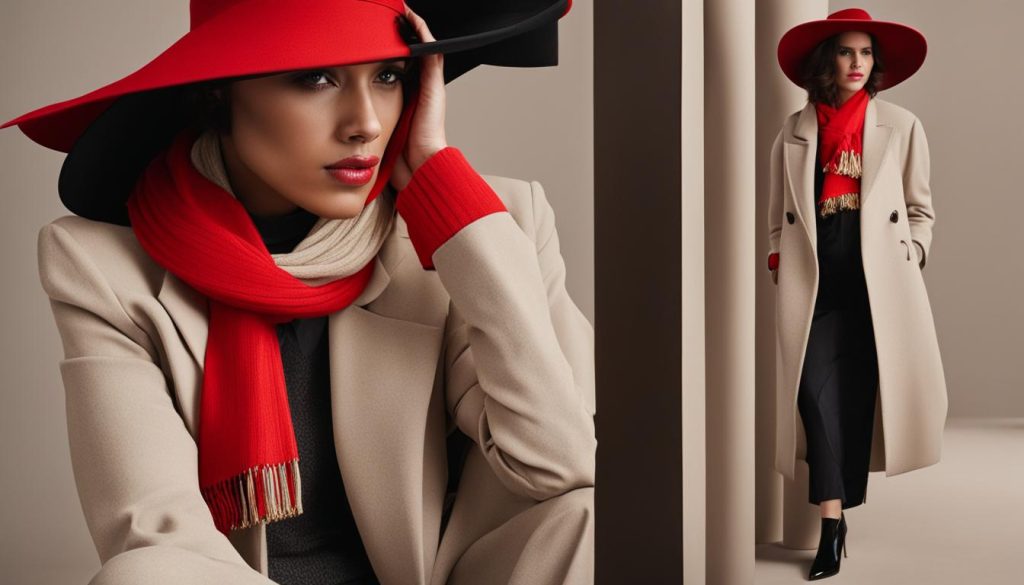
Using neutral and accent colors is an excellent way to elevate your fashion styling by creating a well-balanced and personalized look. With a little experimentation, you can find the perfect combination of tones to suit your unique style and personality.
Understanding Seasonal Color Palettes in Fashion
One crucial aspect of color theory in fashion is understanding the seasonal color palettes. Different seasons call for different color trends to reflect the mood and atmosphere of that time of year. Incorporating seasonal colors into your wardrobe can help keep your fashion style relevant and on-trend.
For example, during the spring season, you might see pastel colors such as light pink, lavender, and baby blue. These colors reflect the newness and freshness of the season. During the summer, brighter and bolder colors such as coral, turquoise, and yellow are popular. These colors represent the sunny and vibrant personality of summer.
As we move into the fall season, darker and more subdued colors such as burgundy, navy, and olive green tend to be popular. These colors reflect the cozy and warm feeling of fall. Finally, during the winter season, darker and richer colors such as black, red, and emerald green are popular. These colors represent the elegance and sophistication of the winter season.
By understanding the seasonal color trends, you can make informed styling choices and stay on top of the latest fashion trends. However, it is also important to remember to incorporate your personal style and preferences when selecting colors for your wardrobe.
Balancing Color and Proportions in Fashion Styling
Color plays a significant role in creating a balanced and proportionate outfit that flatters your body shape. Incorporating color theory in your fashion styling decisions can help you achieve a cohesive and harmonious look that enhances your appearance and boosts your confidence.
One essential factor to consider when using color in fashion styling is the size and proportion of your outfit’s different elements. For instance, darker colors tend to create a slimming effect, which can be useful for creating a balanced look when paired with lighter hues. Conversely, lighter colors can make you look more substantial, which can be advantageous when trying to create volume in specific areas.
Creating Contrast with Color
Another effective technique for balancing color and proportions in fashion styling is to create contrast. By pairing dark and light colors, you can draw attention to specific areas of your body and create an illusion of symmetry and balance. For instance, if you have a pear-shaped body, you can create contrast by wearing lighter colors on the top and darker hues on the bottom.
Similarly, you can create contrast by pairing different colors with different saturations or tones. For example, pairing a bright, bold color with a soft, muted hue can create an eye-catching and visually appealing contrast.
Choosing Colors for Specific Body Parts
When creating a balanced and proportionate outfit, it’s essential to consider which colors will flatter your specific body parts. For example, if you want to draw attention to your face, you can wear colors that complement your skin tone and eye color.
Alternatively, if you want to create a slimming effect on your lower body, you can wear darker colors, such as black or navy blue, on your pants or skirt. On the other hand, if you want to highlight your waist or hips, you can opt for brighter colors or patterns in that area.
Using Color to Create a Focal Point
One way to create a balanced and proportionate outfit is to use color to create a focal point that draws attention away from specific body parts. For instance, if you have a large bust, you can wear a brightly colored necklace or scarf to draw attention to your face and away from your chest.
Similarly, if you have a broader lower body, you can wear a brightly colored top or jacket to create a focal point at the top and balance out your proportions.
Incorporating Personal Style into Color Theory
When it comes to fashion styling, color theory plays a significant role in creating visually appealing and harmonious outfits. However, incorporating your personal style into the mix is equally important. Your personal preferences, personality, and fashion identity should always be considered when selecting colors and creating outfits.
While it’s essential to understand the principles of color theory, it’s equally crucial to remember that fashion is about expressing yourself. You don’t need to follow every color rule strictly; instead, use your intuition and creativity to develop a unique color scheme that reflects your personality and style.
The Role of Personal Style in Fashion Styling
Your personal style is the combination of your taste, lifestyle, and fashion sense. It’s the statement you make when you walk into a room, telling the world who you are and how you express yourself. Incorporating color theory into your personal style is like adding a new dimension to an already complex and beautiful puzzle. It makes the statement you make even more powerful, drawing attention to your confidence and individuality.
When building outfits, consider the following elements of your personal style:
- Your favorite colors
- The colors that make you feel confident and powerful
- Your lifestyle and how it impacts your fashion choices
- Your fashion icons and how they influence your style
- Your personality and how it relates to color choices (e.g., bold, understated, playful, elegant)
By taking these elements into account, you can create outfits that reflect your unique personality and style while still utilizing the principles of color theory.
Experimenting with Color
Your personal style is always evolving, and so should your relationship with color. Don’t be afraid to experiment with different hues and combinations to find what speaks to you. Trying new color schemes can be intimidating at first, but it’s an excellent opportunity to step out of your comfort zone and discover new aspects of your personal style.
If you’re unsure where to start, consider creating a mood board or gathering inspiration from fashion bloggers, social media influencers, and fashion magazines. It can also be helpful to visit a color consultant or fashion designer to get professional guidance on color palettes that suit your skin tone and personality.
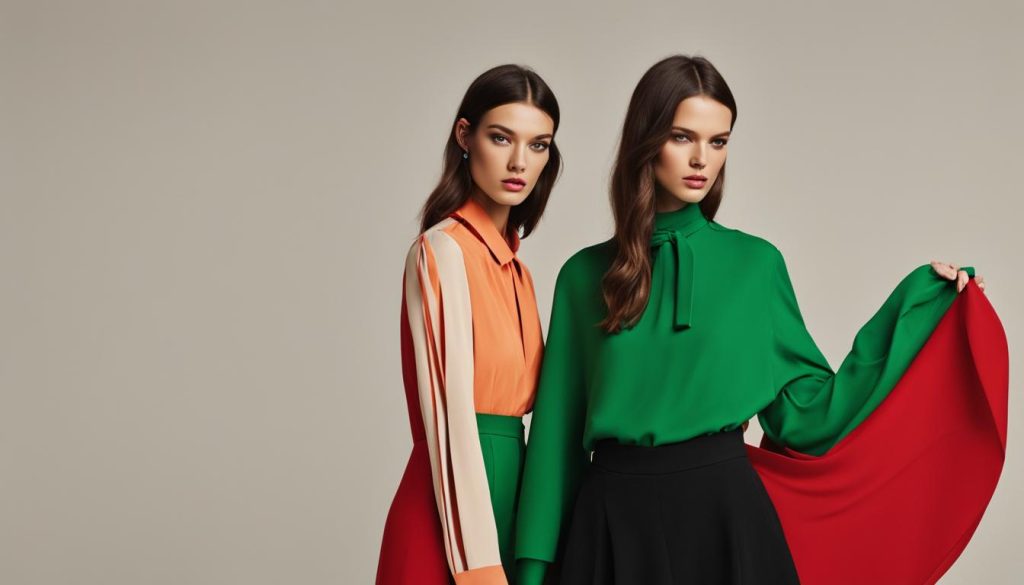
Enhancing Style Confidence with Color Theory in Fashion
Color theory plays a significant role in fashion styling. Understanding how different hues work together can help you create visually pleasing and harmonious outfits that enhance your personal style. Once you master the principles and applications of color theory, you can boost your style confidence and create looks that make a statement.
Experiment with Color
One of the best ways to enhance your style confidence with color theory is to experiment with different hues. Don’t be afraid to try new color combinations and play with contrasts and harmonies. Start with small steps, adding pops of bold color to a neutral outfit, or incorporating complementary hues in your accessories. As you feel more confident, you can experiment with bolder color choices and more intricate color combinations.
Choose Colors that Suit You
Another way to enhance your style confidence is to choose colors that suit your skin tone, hair color, and personal preferences. Understanding your color characteristics can help you select hues that complement and enhance your natural features, making you look and feel your best. Experiment with warm and cool tones to discover which shades work best for you, and incorporate them into your outfits in creative ways.
Create a Personal Color Palette
Creating a personal color palette is an excellent way to enhance your style confidence and streamline your fashion choices. Start by selecting a few core colors that you love and that suit you, and build your wardrobe around these hues. Consider adding accent colors and neutrals that complement your core colors, and experiment with different combinations to see what works best for you.
Seek Inspiration
If you’re feeling stuck or unsure about how to incorporate color theory into your fashion styling, seek inspiration from fashion blogs, magazines, and social media. Look for outfits that use color creatively and effectively, and try to replicate the look with your own twist. Don’t be afraid to step out of your comfort zone and try new things.
Be Confident
Above all, enhancing your style confidence with color theory in fashion requires self-confidence. Don’t be afraid to make bold color choices and experiment with different combinations. Remember, fashion is about expressing who you are, and color can be a powerful tool for achieving that. Trust your intuition, have fun, and let your style shine.
FAQ
What is color theory in fashion styling?
Color theory in fashion styling refers to the understanding and application of how different colors work together to create visually pleasing and harmonious outfits. It involves understanding concepts such as the color wheel, complementary colors, analogous colors, and triadic colors to create stylish and cohesive looks.
Why is color theory important in fashion styling?
Color theory is important in fashion styling because it helps create visually appealing and well-coordinated outfits. By understanding how different hues interact, you can enhance your personal style, create specific impressions, and convey your desired message through the colors you wear.
What are the basics of color theory in fashion?
The basics of color theory in fashion involve understanding the color wheel, primary, secondary, and tertiary colors, as well as warm and cool tones. These concepts help in coordinating outfits, creating contrast, and achieving a balanced and pleasing appearance.
How can color psychology be used in fashion styling?
Color psychology can be used in fashion styling to influence mood and perception. Different colors evoke different emotions and impressions. By leveraging color psychology, you can create outfits that convey specific messages or create certain atmospheres depending on the occasion or desired effect.
How do complementary colors work in fashion?
Complementary colors in fashion are pairs of hues that are opposite each other on the color wheel. When paired together, they create a visually striking and balanced look. By understanding how to strategically use complementary colors, you can make your outfits pop and draw attention in a positive way.
What are analogous colors in fashion styling?
Analogous colors in fashion styling are hues that are adjacent to each other on the color wheel. They create a harmonious and cohesive look when paired together. Knowing how to combine analogous colors can help you achieve a polished and put-together appearance.
How can triadic colors be used in fashion styling?
Triadic colors in fashion styling are three hues that are evenly spaced on the color wheel. They create contrast and vibrancy when used together. By selecting and pairing triadic colors effectively, you can create eye-catching and dynamic outfits.
How can monochromatic looks be created using color theory?
Monochromatic looks in fashion styling involve using varying shades and tones of a single color. By utilizing color theory, you can create monochromatic outfits that are sleek and sophisticated. Playing with different shades and tones adds interest and depth to the overall look.
How can neutrals and accents enhance your style?
Neutrals in fashion styling act as a base and provide a foundation for your outfits. By incorporating pops of color as accents, you can add interest and impact to your overall look. Understanding how to balance neutrals and accents can help you create a well-balanced and personalized style.
How does seasonal color palettes influence fashion?
Seasonal color palettes in fashion are influenced by the colors commonly associated with different seasons. Understanding these color trends can help you stay on top of the latest fashion trends and make informed styling choices. Each season has its own color palette, and incorporating these colors into your outfits can create a cohesive and fashionable look.
How does color impact proportions in fashion styling?
Color can significantly impact proportions in fashion styling. By strategically using color, you can create illusions and enhance your body shape. Understanding the relationship between color and proportions allows you to create flattering outfits and achieve a balanced and proportionate look.
How can personal style be incorporated into color theory?
Personal style is crucial when applying color theory to fashion. By incorporating your unique preferences, personality, and fashion identity into your color choices, you can create outfits that truly reflect who you are. Color theory provides a framework, and your personal style adds the individuality and personal touch to make your outfits stand out.
How can color theory enhance style confidence?
Mastering color theory in fashion styling can boost your style confidence. By understanding the principles and applications of color, you can create looks that make a statement and leave a lasting impression. Having a deep understanding of color theory allows you to experiment, mix and match, and confidently express your personal style through color.
